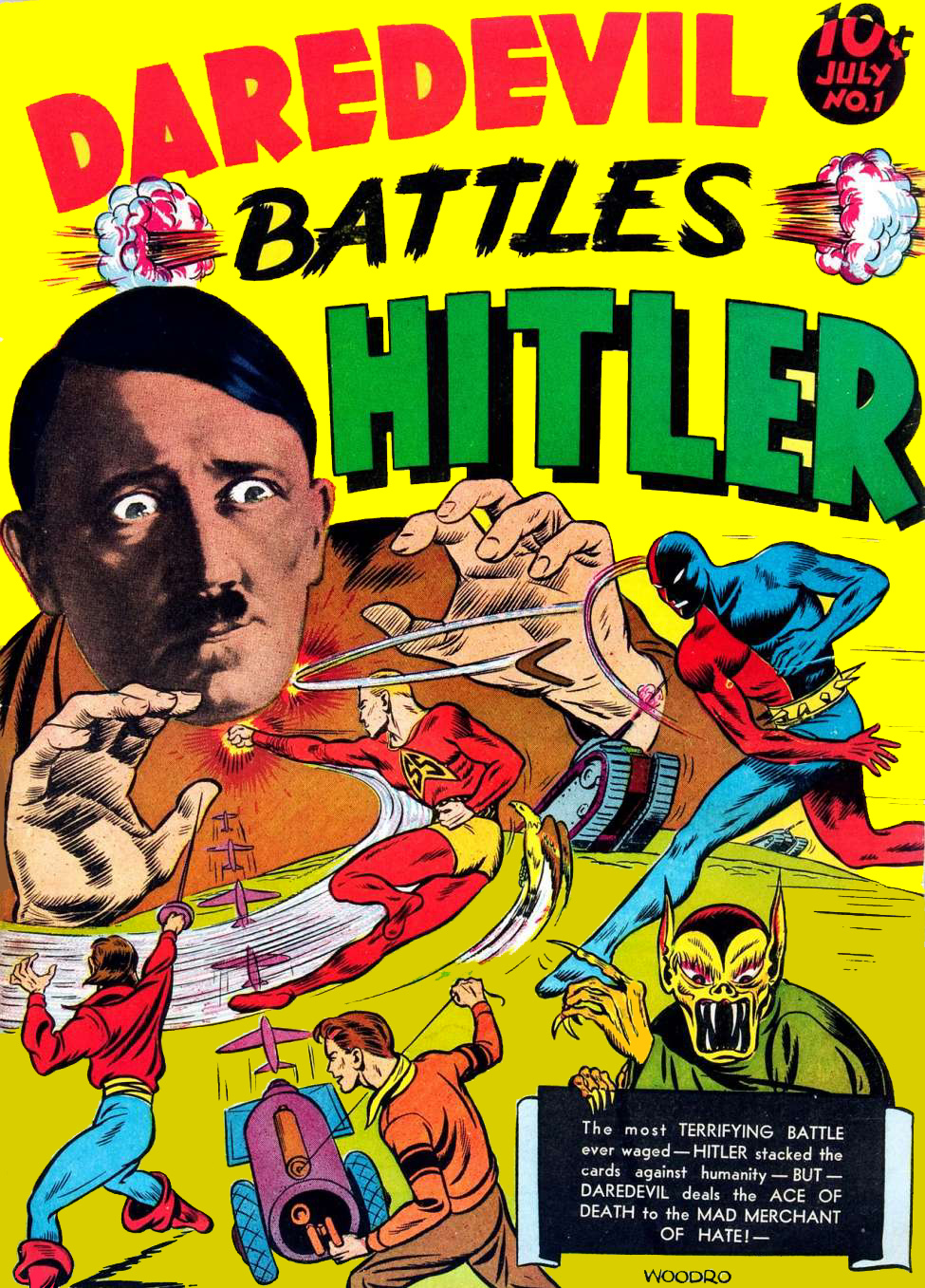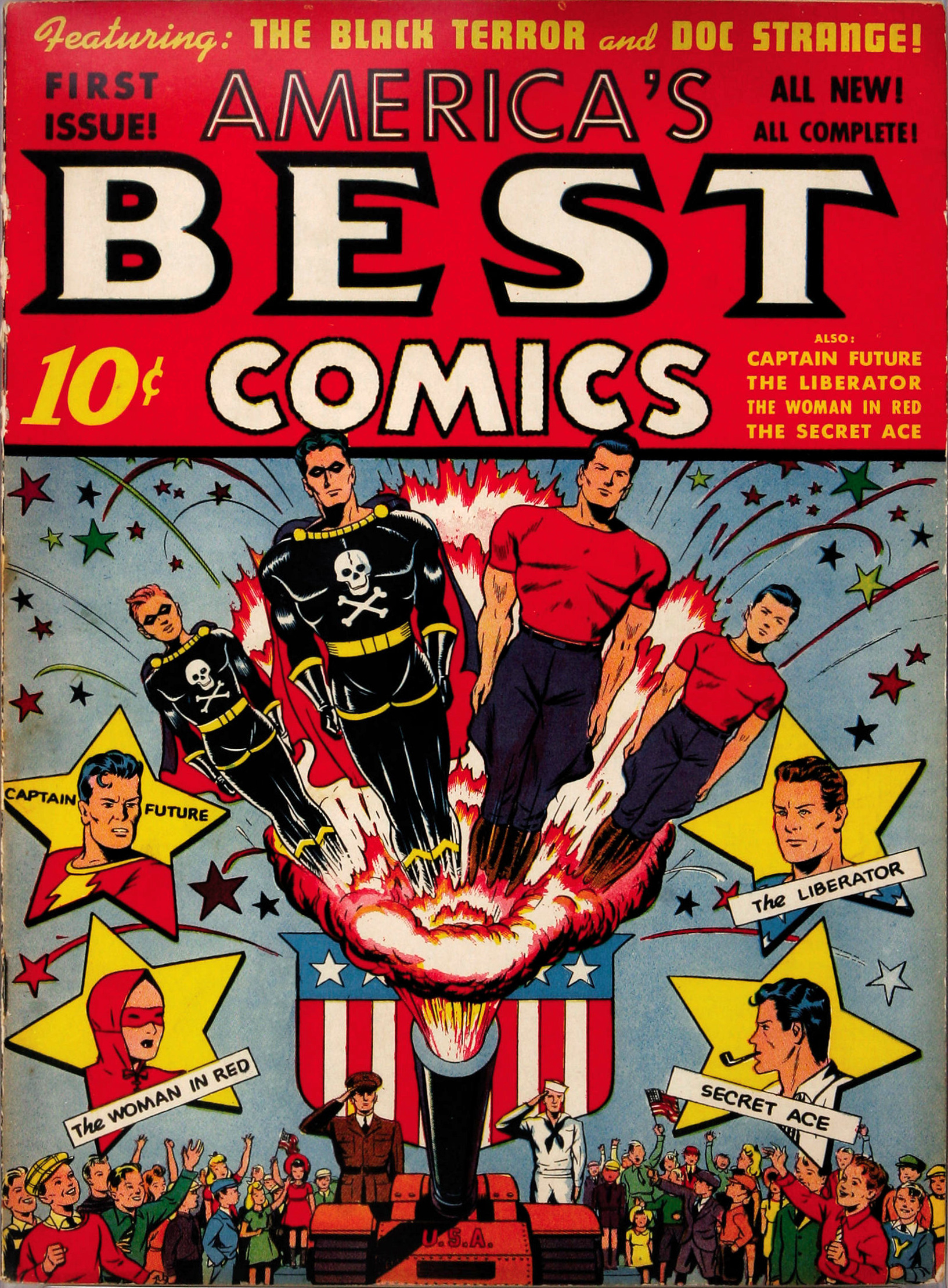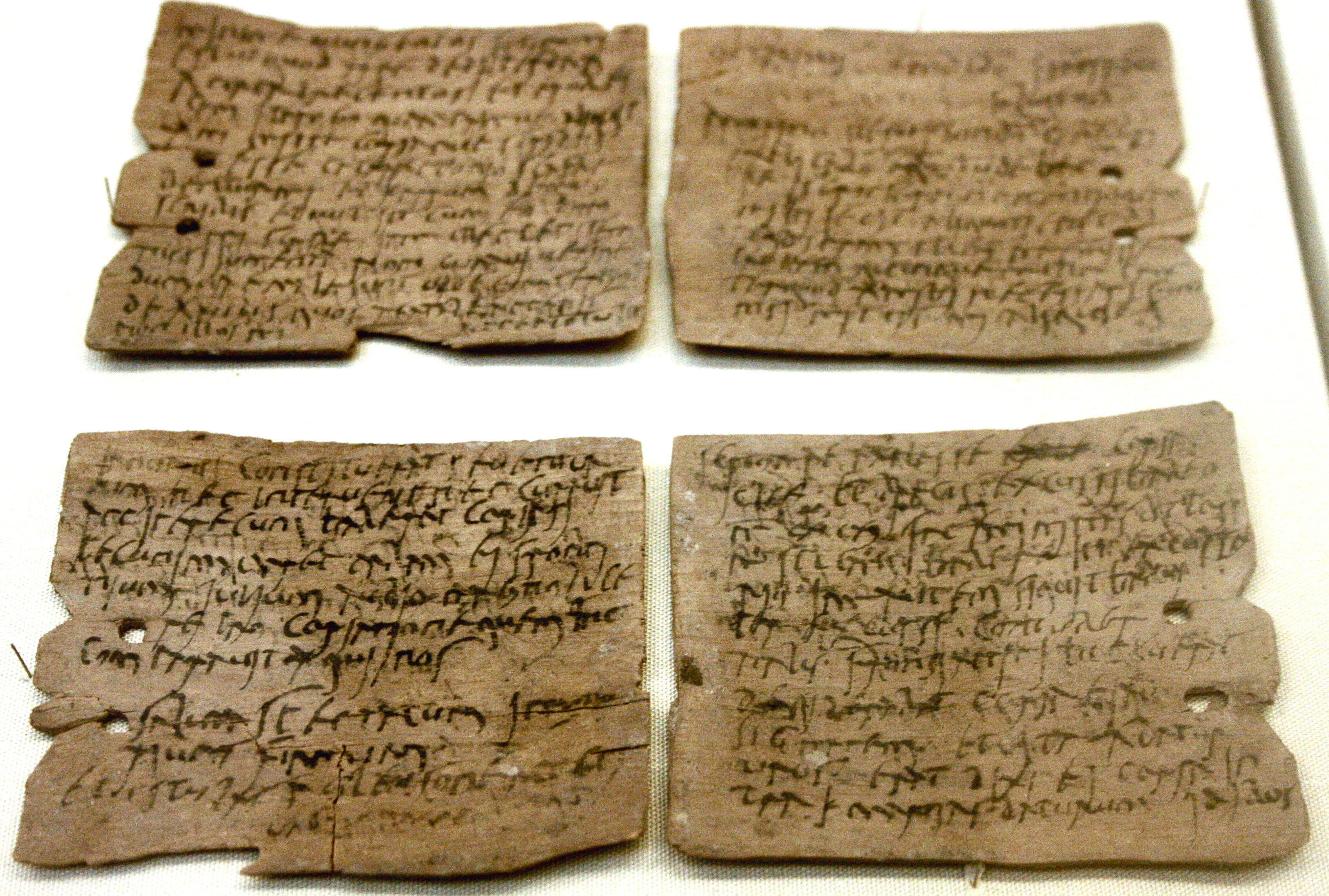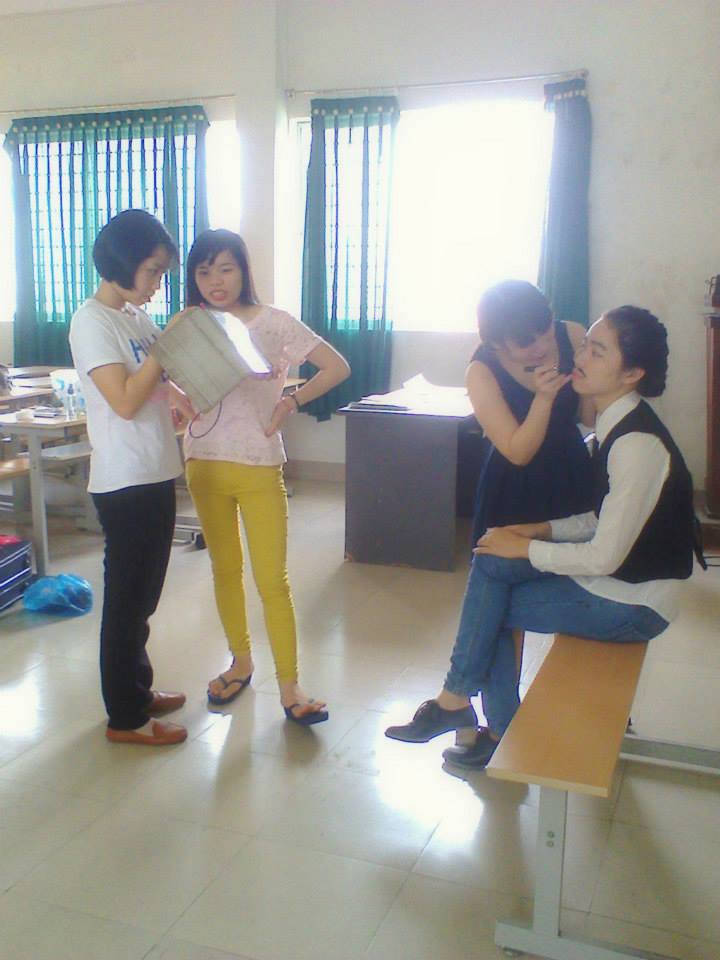Active Learning & Interactive Teaching
Picture Books/YA Literature
Primary Sources
Groupwork/Cooperative Learning
Creative & Analytical Writing
Poetry
RolePlays & Simulations
Schoolchildren Reading, Chicago, 1910

Topics on the Page
Active Learning
- Lectures, Attention Span and Student Learning
- Lesson Planning, Backward Design and Understanding by Design (UbD)
Using Literature in the Classroom
- LEARNING PLAN: Using Comic Books and Graphic Books
Primary Sources
- Collections of Primary Source Materials
- Teaching with Political Cartoons
- Brenda Starr, Reporter Comic Strip by Dale Messick
- Strategies for Teaching with Primary Sources
Father teaching his son geography in an 1830 woodcut

Group Work and Cooperative Learning
Analytical Writing and Poetry Writing
Role Plays and Simulations
Active Learning
"Active learning is the combination of teaching, environment and technology that supports student-centered learning by encouraging students to actively participate in the learning process"
(from the K-20 Active Learning Landscape, Center for Digital Education, 2016)

Active Learning from the National Dropout Prevention Center/Network
Active Learning Increases Student Performance in Science, Engineering and Mathematics, Proceedings of the National Academy of Science, April 2014
- These results indicate that average examination scores improved by about 6% in active learning sections, and that students in classes with traditional lecturing were 1.5 times more likely to fail than were students in classes with active learning
Improving Students' Learning with Effective Learning Techniques, Psychological Science in the Public Interest (2013)
Teaching Tactics that Encourage Active Learning from the Critical Thinking Community blog
Teaching Methods: The What, Why and How of Student Centered Learning, Science Resource Center, Carleton College
How Learning Works: Seven Research-Based Principles for Smart Teaching. Michele DiPietro, Kennesaw State University
What To Look For in a Classroom, Alfie Kohn (September 1996)
Student Engagement

"Student engagement refers to the degree of attention, curiosity, interest, optimism, and passion students show when they are learning or being taught, which extends to the level of motivation they have to learn and progress in their education" (Glossary of Education Reform, 2016)
Grabbing Students: Boost Student Success by Increasing Their Engagement in Learning, American Psychological Association, June 2015
How Do We Know When Students Are Engaged? Edutopia
Why Are They Disengaged? My Students Told Me Why from Blogging Through the Fourth Dimension
Lectures, Attention Span and Student Learning

Are College Lectures Unfair? Annie Murphy Paul, The New York Times, September 12, 2015
Why Do So Many High School History Teachers Lecture So Much? from Grant Wiggins
Who Needs Lectures? Vermont Medical School Chooses Other Ways to Teach, The Boston Globe (February 1, 2017)
The Science of Attention: How To Capture and Hold the Attention of Easily Distracted Students
David McCullough's 5 Lessons Every High School Student Should Learn on YouTube
NAEP U.S. History, Geography and Civics 2014 scores

Lesson Planning, Backward Design and Understanding by Design (UbD)
5 Learning Design Principles on Lesson Structure That Help People Learn
Strategies for Effective Lesson Planning from University of Michigan
Lesson Plans and Unit Plans: The Basis for Instruction, The New Teacher's Companion, Gail Cunnigham (ASCD, 2009)
The New Teacher's Guide to Creating Lesson Plans. Scholastic
Writing Lesson Plans
What is Understanding by Design (UbD)
Park J1, Lu FC2, Hedgcock WM3 Psychol Sci. 2017 Nov;28(11):1620-1630. doi: 10.1177/0956797617715510. Epub 2017 Sep 14.
This study examined how planning the steps required for goal attainment in chronological order (i.e., forward planning) and reverse chronological order (i.e., backward planning) influences individuals' motivation for and perceptions of goal pursuit.
- Compared with forward planning, backward planning not only led to greater motivation, higher goal expectancy, and less time pressure but also resulted in better goal-relevant performance.
- Backward planning allowed people to think of tasks required to reach their goals more clearly, especially when goals were complex to plan. These findings suggest that the way people plan matters just as much as whether or not they plan.
Picture Books, Young Adult and Adult Literature and Graphic Books
Walk of Ideas Sculpture, Berlin

Picture Books: Perfect for Middle Schoolers
How to Choose the Best Multicultural Books: 50 Selections
OUR STORY: American History Stories and Activities You Can Do Together, Smithsonian
- Experience history first-hand through picture books, literature, technology and interactive activities
Books That Shaped America from the Library of Congress
Notable Social Studies Tradebooks 2014
Study: Let Kids Pick Their Own Books (May 20, 2015)
Bringing Great Historical Literature into the Classroom: An Annotated Bibliography from the JFK Library
Lesson Plans for American History and Literature from the National Humanities Center
 Comic Books and Graphic Novels as Teaching Methods
Comic Books and Graphic Novels as Teaching Methods
Comic Book Cover, 1941
 America's Best Comics #1 February 1942
America's Best Comics #1 February 1942

But This Book Has Pictures! The Case for Graphic Novels in an AP Classroom
Comic Books in the History Classroom from Teachinghistory.org
Using Superhero Comics to Teach English and History from Edutopia (April 13, 2014)
Why Teach with Comics? from Reading with Pictures
20 Ways to Use Comics in the Your Classroom
See also, No Flying No Tights, a blog about excellent graphic books for use in the classroom.
Comic Books as Journalism: 10 Masterpieces of Graphic Nonfiction, The Atlantic, August 10, 2011
A Graphic Literature Library, Time, November 2003.
Strange Fruit, Volume 1: Uncelebrated Narratives from Black History. Joel Christian Gill, 2014
The Campaign Against Comic Books
Senator Estes Kefauver

Comic Books and Censorship in the 1940s
Comic Books, Censorship, and Moral Panic, Mudd Manuscript Library Blog, Princeton University
 For an historical perspective, see Senate Subcommittee on Juvenile Delinquency: Comic Books, "Soda-Pop," and Societal Harm" that includes audio from the hearings from April 21, 1954.
For an historical perspective, see Senate Subcommittee on Juvenile Delinquency: Comic Books, "Soda-Pop," and Societal Harm" that includes audio from the hearings from April 21, 1954.
Banned Books Week: Comics and Controversy from University of Missouri Libraries
 The Comic Book Code of 1954
The Comic Book Code of 1954
 Confidential File: Horror Comic Books! television program, October 9, 1955. Includes interview with Senator Estes Kefauver. Kefauver, Democratic Vice-President Candidate in 1956, was a leading critic of comic books.
Confidential File: Horror Comic Books! television program, October 9, 1955. Includes interview with Senator Estes Kefauver. Kefauver, Democratic Vice-President Candidate in 1956, was a leading critic of comic books.
 Supreme Court Protects First Amendment Rights for Entertainment & New Medias in Brown v. EMA Decision (2011)
Supreme Court Protects First Amendment Rights for Entertainment & New Medias in Brown v. EMA Decision (2011)
 Teaching with Primary Sources
Teaching with Primary Sources
Primary Source Analysis Tools
- Teacher's Guides and Analysis Tools from Library of Congress: Includes forms for analyzing documents, political cartoons, books, newspapers, music and songs, maps and photographs
- Student Discovery Sets for iPads, free from Library of Congress
- U.S. Constitution
- Symbols of the US
- Immigration
- Dust Bowl
- Harlem Renaissance
- Understanding the Cosmos
Collections of Primary Source Materials
- Teaching with Documents from the National Archives. Includes forms for analyzing written documents, artifacts, cartoons, maps, motion pictures, photographs, posters and sound recordings.
- AP Archive, the film and video archive of The Associated Press on YouTube. See also British Movietone, the world's largest newsreel archive covering events from 1895 to 1986
Strategies for Teaching with Primary Materials
Primary Source Lesson Plans
A political cartoon depicting President Andrew Jackson as a king (1833)

Teaching with Political Cartoons
Cartoon America, Library of Congress
The Evolution of Political Cartoons through a Changing Media Landscape
The First 150 Years of the American Political Cartoon, Historical Society of Pennsylvania
 Cartoons for the Classroom, Association of American Editorial Cartoonists
Cartoons for the Classroom, Association of American Editorial Cartoonists
Brenda Starr, Reporter

- Debuted June 30, 1940 and ran for 40 years in hundreds of newspapers
- Drawn by Dale Messick, one of the few female cartoonists of the time
- Brenda Starr was based on the Hollywood actress Rita Haywood
- The creative team for the comic strip was all women
Farewell Brenda Starr: 70-Year-Old Reporter Faces Her Final Deadline (Washington Post, December 9, 2010)
 She Changed the Comics: Pre-Code and Golden Age features biographies of women cartoonists including Dale Messick, Barbara Hall, Ethel Hays, and Rose O'Neill, from the Comic Book Legal Defense Fund
She Changed the Comics: Pre-Code and Golden Age features biographies of women cartoonists including Dale Messick, Barbara Hall, Ethel Hays, and Rose O'Neill, from the Comic Book Legal Defense Fund
 Cooperative Learning and Groupwork
Cooperative Learning and Groupwork
Students Must Be Taught to Collaborate, Studies Say. Education Week (May 16, 2017)
Groupwork in the Classroom: Types of Small Groups, University of Waterloo
- Buzz groups
- Think-Pair-Share
- Circle of voices
- Rotating trios
- Snowball groups
- Jigsaw
- Fishbowl
- Learning teams
Stanford professor Jo Boaler writes in her new book Limitless Mind about the cognitive benefits of collaboration:
- An important change takes place when students work together and discover that everybody finds some or all of the work difficult.
- This is a critical moment for students, and one that helps them know that for everyone learning is a process and that obstacles are common.
- Another reason that students' learning pathways change is because they receive an opportunity to connect ideas. Connecting with another person's idea both requires and develops a higher level of understanding. When students work together (learning math, science, languages, English-- anything), they get opportunities to make connections between ideas, which is inherently valuable for them.
Cooperative Learning for Engagement
Cooperative Learning from Learn North Carolina
Group work: Using Cooperative Learning Groups Effectively from Center for Teaching, Vanderbilt University

Information about Cooperative Learning Formats

Female Peers in Small Work Groups Enhance Women's Motivation, Verbal Participation and Career Aspirations in Engineering. Nilanjana Dasgupta, et. al. Proceedings of the National Academy of Sciences, May 2015.
- Having a high concentration of women in engineering teams allows women students to participate more actively, shrug off worries and feel confident.
- Study done at the University of Massachusetts Amherst with 120 undergraduate engineering students
- Importance of small groups or micro environments composed mostly of women or men and women in equal numbers instead of groups that are mostly male
 Writing
Writing
Roman letter concerning supplies of wheat, hides and sinews (1st-2nd century AD)

The Power of Short Writing Assignments, Edutopia
Evidence-Based Historical Writing from TeachingHistory.org
Writing in the Social Studies Classroom from Colonial Williamsburg
Journals in a Facing History Classroom from Facing History and Ourselves
Creative Writing in the History Classroom from Teaching United States History blog
Writing from the University of North Carolina at Chapel Hill
5 Minute Writing Conferences

Poetic Form: Cento Poems
Nurturing the Omnivore: Approaches to Teaching Poetry from the Poetry Foundation
Role Plays and Simulations
Student Role Play

If There Is No Struggle . . . Teaching a People's History of the Abolition Movement from the Zinn Education Project
You Are There: Historical Simulations from Cengage
Comments (0)
You don't have permission to comment on this page.